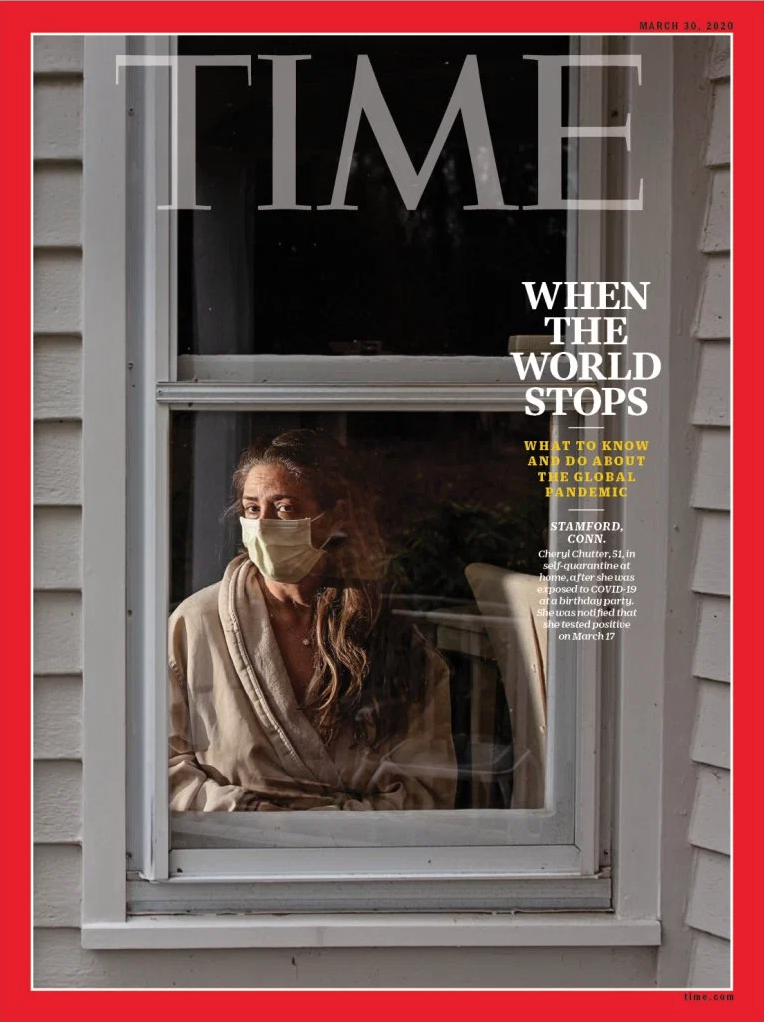Statement
Based on childhood memories and experiences growing up in the Midwest, Angela Strassheim’s meticulously constructed, staged photographs depicting the transition from childhood to adolescence, from young adulthood into family life, vacillate between disturbing and sweet.
Press Release
DRU ARSTARK FINE ART
Brief Encounters: Photographs by Angela Strassheim
November 16, 2020 - January 16, 2021
I don't take pictures. I make photographs. Much like a painter constructs a painting, everything in a photograph is there because I decided it would be there. Angela Strassheim
Dru Arstark Fine Art is pleased to present Brief Encounters a special online exhibition of color photographs by American photographer Angela Strassheim. Based on childhood memories and experiences growing up female in a fundamentalist Christian family in the Midwest, her carefully constructed, staged portraits and domestic scenes depicting mundane daily rituals are an intriguing blend of the perfectly ordinary and highly theatrical. Her style is noted for its formal perfection – clean, luminous color, meticulous detail and relentless symmetry.
Pivotal to understanding Strassheim’s photographs is knowing that prior to receiving her MFA from Yale in 2003, she worked as a forensic photographer, where she was trained in documenting crime scenes with emotional detachment and exacting precision. Unlike the more conceptual approach prevalent in art programs, the forensic training was grounded in empirical, scientific methodology. Setting up the frame is the most essential element of the forensic photographer’s work: while capturing all of the essential details pertinent to the crime, the photographer also strove to eliminate every extraneous element from the photographic record. The second most vital task is to make certain that every detail in the image appears in focus. Having had an undeniable impact on her visual approach, Strassheim distilled the elements of the forensic experience into one simple guideline that continues to inform her work to this day: if a detail is unimportant, it falls outside the frame; if it is within the frame, it is significant and, therefore, must be presented in clear, sharp focus.
To achieve the heightened degree of sharpness and clarity she requires, and to augment the depth of field in her photographs, Strassheim uses strobe lights. Coupled with her use of a large format 4 x 5 camera, the lights make it possible to have even greater control over where the focus falls and how it weaves its way through the image.
Her multi-faceted use of color – to unify, associate and disrupt elements in the image is evident in all of her work. She is attracted to the already existing pristine, saccharine pastel interiors of the upper-middle class home, and colors are often tied to objects and activities that perpetuate traditional gender roles.
Foremost, however, are the visual stories Strassheim tells. At first glance, the images seem simple, benign – almost too perfect. Yet, there is a subtle unnerving undercurrent in the open-ended narratives, which are, at once, specific to her and universal: In Untitled (Father & Son), a man stands behind his young son at the mirror combing his hair, like Pygmalion sculpting the boy into his own image. The father’s gesture is ambiguous: it could just as easily be seen as loving as controlling. In fact, the man in the photograph is Strassheim’s younger brother; the boy is his son. "Untitled (Savannah on Window)" is based on Strassheim's memories of having been put to bed early in summers and watching the other children play outside with a deep pang of missing out. The precarious pose of the little girl and crack in the window at her left are subtly unsettling elements in this depiction of a young child's desire to explore the outside world. In Untitled (Ripped Stockings), amidst a scene of bright, candy-colored colored gift-wrapping paper, a little girl notices a small tear in her stocking, a disappointing blight on an otherwise perfect day.
With her steady, unwavering gaze, Angela Strassheim transforms ordinary settings by her keen sense of observation and compositional rigor to create images that draw us into worlds that seem picture-perfect, but, as one keeps looking, are not as perfect as they appear to be.
Angela Strassheim was born in Bloomfield, Iowa and lives and work in Stamford, Connecticut. She has an MFA from the Yale School of Art (2003); a Forensic & Biomedical Photography Certification from the Metro-Dade County Forensic Imaging Bureau in Miami (1997); and a BFA in Media Arts from the Minneapolis College of Art & Design (1995).
Strassheim has had solo museum exhibitions at the Museum of Contemporary Art, Jacksonville, FL; the Perlman Gallery, Minneapolis Institute of Arts, MN; the Monterey Museum of Art, CA; Recontres Internationales de la Photographie, Arles, France; and the Faulconer Gallery, Grinnell College, Grinnell, IA.
Among the numerous group exhibitions all over the world that her work has been included in are: the Whitney Biennial, Day for Night, Whitney Museum, NY; Sir Elton John Collection, Pinchuk Art Center, Kiev, Ukraine; The Kids are Alright, The Weatherspoon Art Museum, Greensboro; Role Models: Feminine Identity in Contemporary American Photography, 1975-2005), National Museum of Women in the Arts, Washington, DC.
Her work is represented in the collections of the Whitney Museum of American Art; the Guggenheim Museum; the Art Institute of Chicago; the Walker Art Center; Yale University Art Gallery; Sir Elton John; Peter Norton; and many others.
For a complete CV, please contact dru@druarstark.com
Link to video about Angela Strassheim’s work: http://www.angelastrassheim.com/interview


